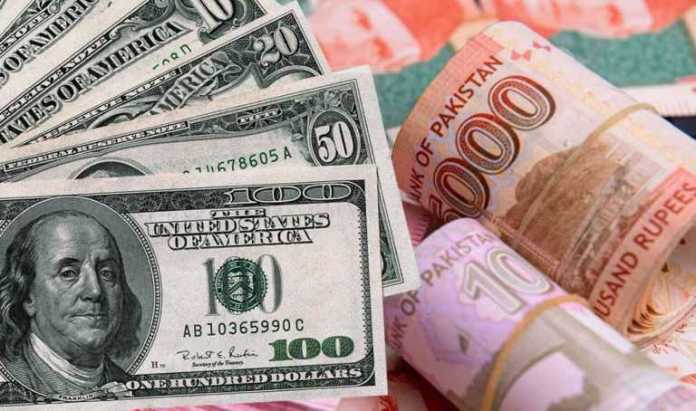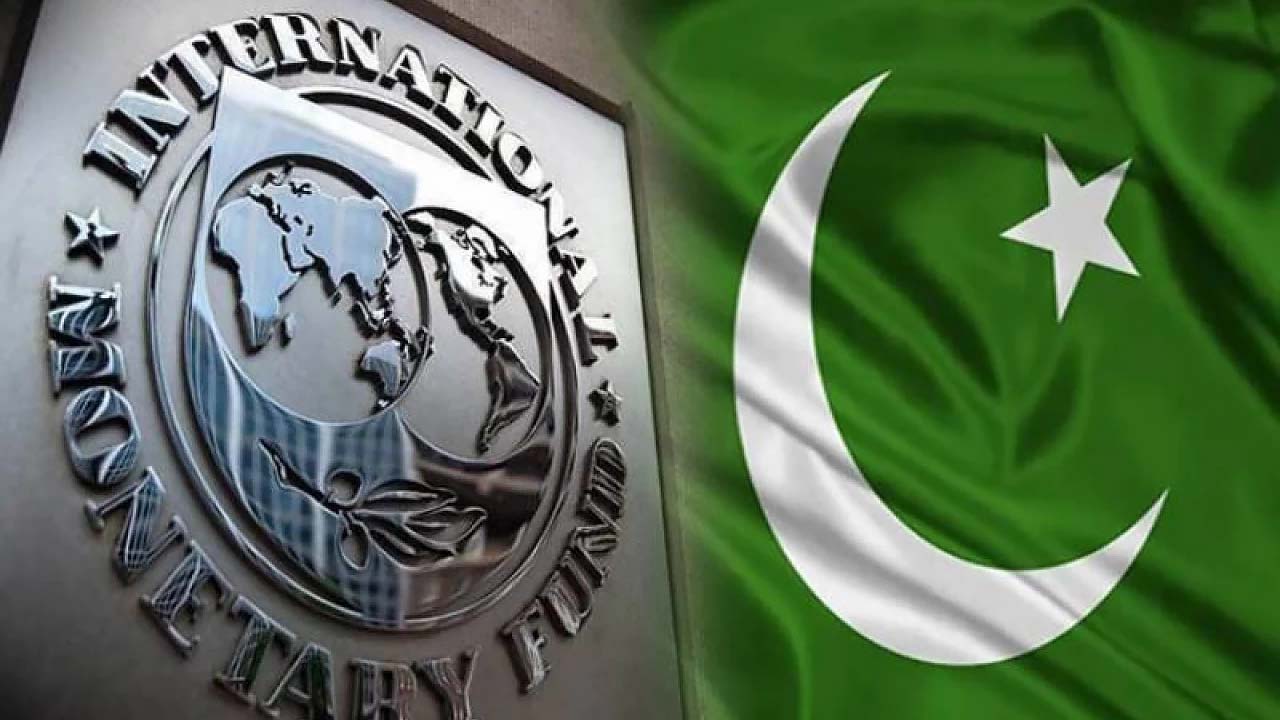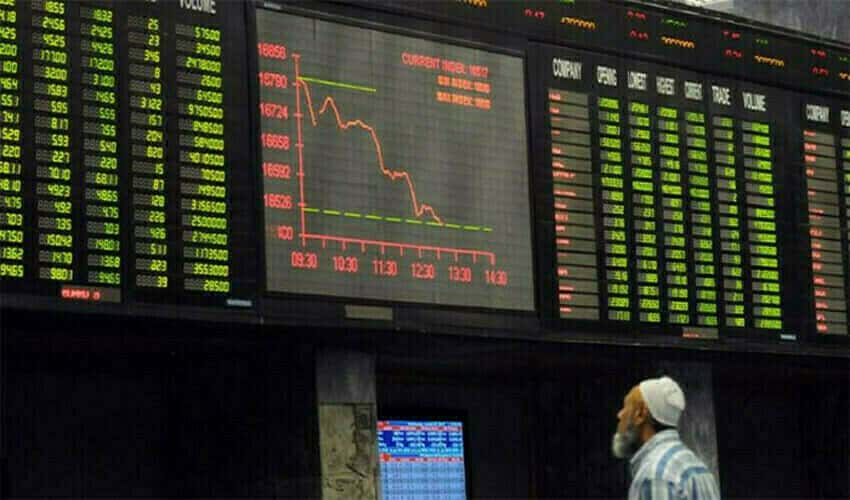The Pakistani rupee concluded its 13-session appreciation streak against the US dollar, experiencing a marginal decline of 0.01% in the inter-bank market during the first trading session of 2024. According to the State Bank of Pakistan (SBP), the rupee settled at 281.89 after a slight decrease of Re0.03.
Throughout 2023, the rupee faced a depreciation of 19.7%, settling at 281.86. This decline was attributed to economic challenges, including a growing external financing gap, global financial market uncertainties, and local political instability. Notably, 2023 marked the fourth-worst year for the PKR’s depreciation since the turn of the century, following 2008, 2018, and 2022.
In a significant development, the International Monetary Fund (IMF) Executive Board is set to review Pakistan’s current $3 billion stand-by arrangement (SBA) on January 11, 2024.
Globally, the US dollar saw an uptick on the first trading day of the year, with attention shifting to economic data that may influence the Federal Reserve’s decisions. Bitcoin also surged above $45,000, marking its highest level since April 2022.
As of now, the dollar index, measuring the US currency against six rivals, stands at 101.54, up 0.158%. Investors are contemplating the possibility of the Fed cutting rates in the coming year. This has impacted currencies like the Japanese yen, which is down 0.54% at 141.63 per dollar, having slid 7% in 2023.
On the geopolitical front, Japan faced challenges as rescue teams struggled to reach areas affected by a powerful New Year’s Day earthquake, with reports of over 20 casualties and widespread damage.
Markets are currently pricing in an 86% chance of interest rate cuts from the Fed, starting from March, according to the CME FedWatch tool. There is anticipation of over 150 basis points (bps) of easing throughout the year.
Oil prices, crucial for currency parity, surged in the New Year’s first session due to the potential for Middle East supply disruptions after a Red Sea naval clash. Additionally, hopes of robust holiday demand and economic stimulus in China, the leading crude importer, contributed to the rise. Brent crude climbed $1.28 (1.7%) to $78.32 a barrel, while US West Texas Intermediate crude reached $72.69 a barrel, up $1.04 (1.5%).




